|
For many Americans, cash is fast becoming a relic of life before the pandemic. According to a Pew Research Center survey released last year, 41 percent of Americans said that none of their purchases in a typical week were made with cash, up from 29 percent in 2018 and 24 percent in 2015.
But as digital payments have become the norm in the past few years and new technology solutions have appeared on the market to enable these transactions, sneaky fees have also become more commonplace. Unfortunately, while these transactions can supply restaurants with data that provide a wealth of guest insights, they also deplete margins. Further, since digital payment processing is new and evolving, it involves additional fees that may be unfamiliar to operators and easy to overlook. In order to keep costs in check, it’s important to recognize the range of payment fees you may be charged, as well as what combinations of fees can signify that you should make changes or negotiate alternatives. A recent report from Modern Restaurant Management indicated that we will likely see an increase in AI-assisted auditing services that can help restaurant operators identify and weed out these hidden fees. In the meantime, it advises operators watch for these fees on statements: • Authorization and transaction fees: While these fees are common, you should not see both per-authorization and per-transaction fees on a single statement. • Minimum fees: Your credit card processor may charge these fees if you don’t reach a certain threshold of payments over a set period of time. Just be aware of the terms so you know how often the fee is issued – you don’t want to be paying a daily fee when a monthly fee is possible. • Monthly settlement fees: Many processors will charge this fee as an extension of the nominal batch fee they charge for bundles of transactions. • PCI fees: You can avoid these fees, which can run upwards of $20 per month, by becoming compliant with payment card industry data security standards. • Statement fees: If you’re receiving paper statements and being charged a fee for them, switch to digital statements and contact your processor about eliminating charges for them from that point forward, or at worst, when your contract is up for renewal.
0 Comments
In the restaurant business, your profit is food and your cash is water. Your business may survive for a time without profit, but it’s going to fail without cash. That’s how Jonathan Rosa, a small business finance consultant, spoke about the importance of understanding cashflow in a recent episode of the Restaurant Rockstars podcast. To thoroughly understand your cash position, you need to have systems in place to monitor where your cash is going every day. Otherwise, that cash is likely leaking out – through wastage, breakage or other means – when it could be feeding your bonus pool, employee incentives, capital improvements and other parts of your business that need resources.
Do you need to get a better handle on your business cashflow? If so, it doesn’t require sweeping changes or expensive systems. In fact, your biggest savings will likely be the culmination of many incremental changes you’re making throughout your business – and you can do it with a spreadsheet. To start, Rosa recommends tracking cash inflows and outflows every day for 30 days. It will show where cash is going and highlight your biggest areas of expense. Review your invoice history and track how prices are evolving, what items cost you the most, and which of these items might be adjusted through portioning or through substitution with a similar ingredient. Then give your menu a regular review. Systematic menu costing is something that doesn’t happen frequently enough at most restaurants, but it should. Otherwise, you might have a packed restaurant and busy staff on a Saturday night but find that you’re falling short on profits. Your burger menu may be drawing crowds and rave reviews, but if your burgers generate $3 less profit than other dishes on your menu, you’re leaving money on the table. You may be able to charge more for these in-demand menu items and/or redirect guests toward other items on your menu. As you review your cashflow patterns over the course of a month, you can zero in on not just your biggest expenses, but also your largest likely areas of waste. Making small adjustments can help you move the needle on cashflow in a positive direction. |
More Financial MattersWhat’s the best financing option for my restaurant?Build revenue through the kitchenLegal claims: Are you leaving money on the table?Archives
June 2024
Categories
All
|
Foodservice CEO is provided for informational purposes only. It is intended to offer foodservice operators’ guidance regarding best practices in running their operations. Adherence to any recommendations included in this Guidance will not ensure a successful operation in every situation. Furthermore, the recommendations contained in this website should not be interpreted as setting a standard of operation or be deemed inclusive of all methods of operating nor exclusive of other methods of operating.
Copyright 2023 Team Four Foodservice, All Rights Reserved.

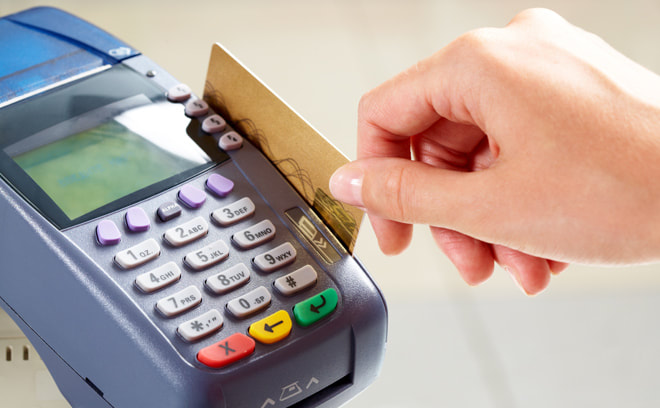
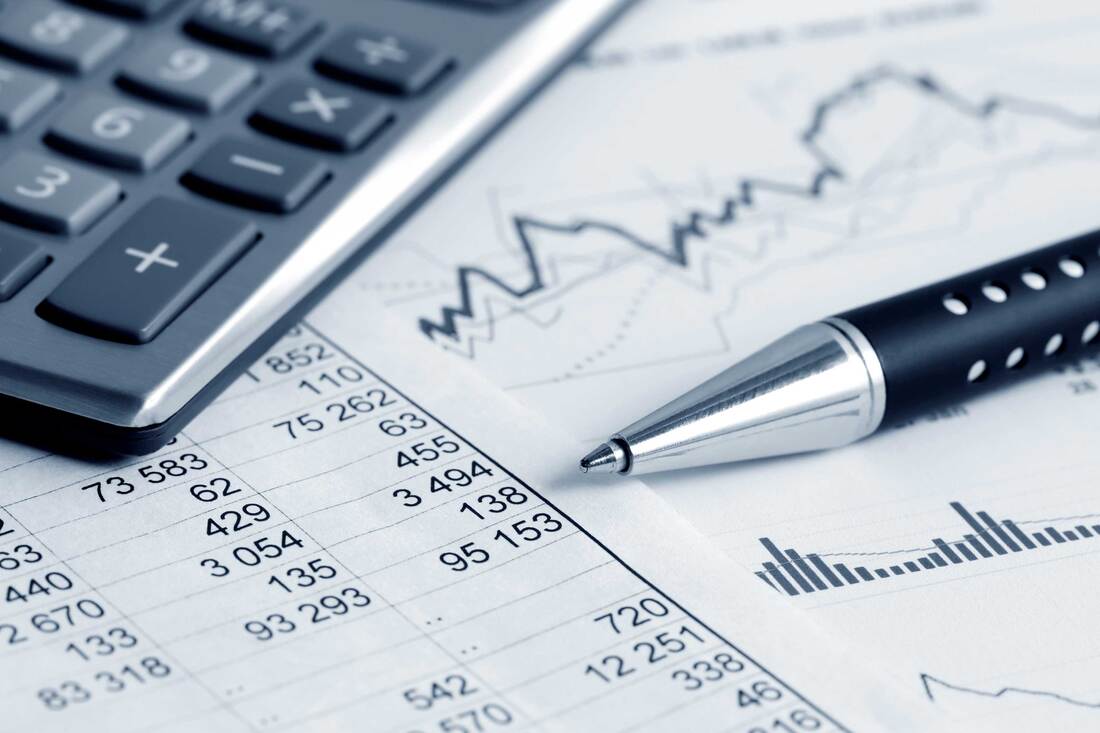
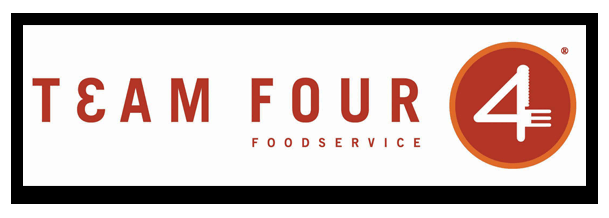
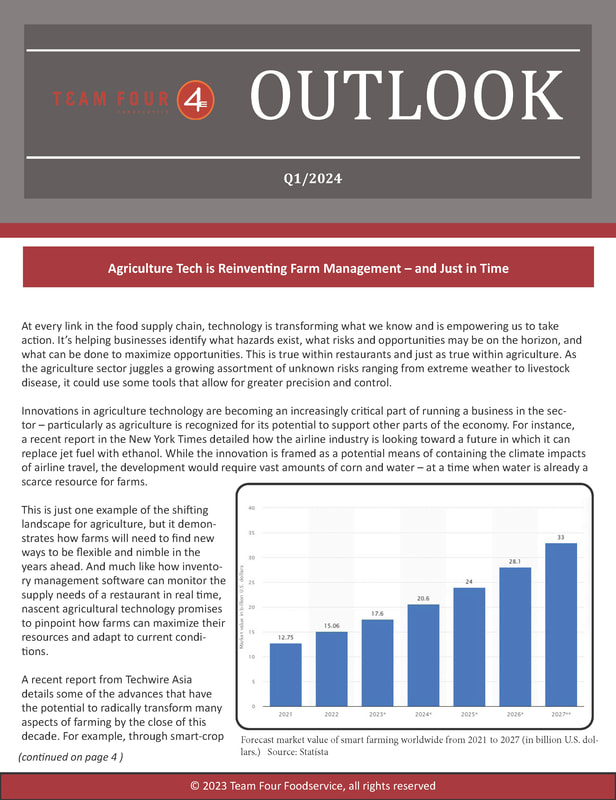
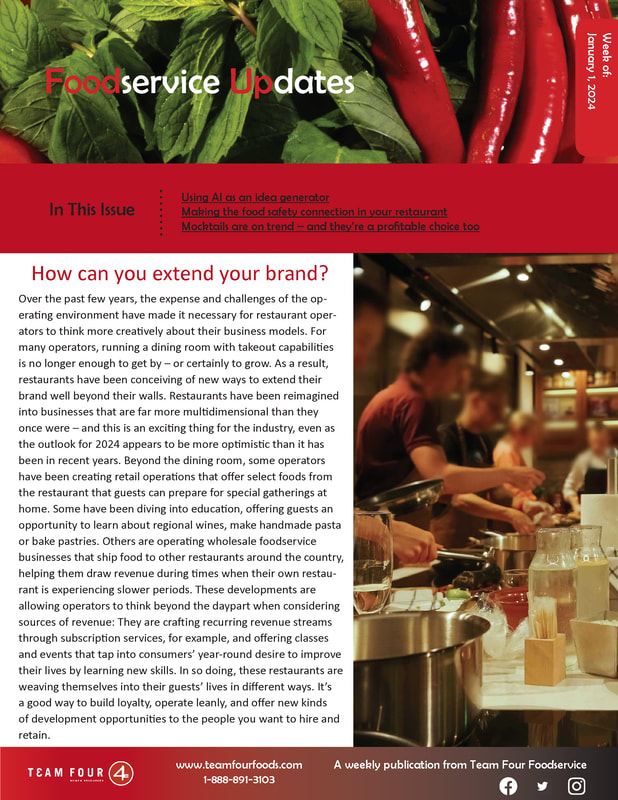
 RSS Feed
RSS Feed